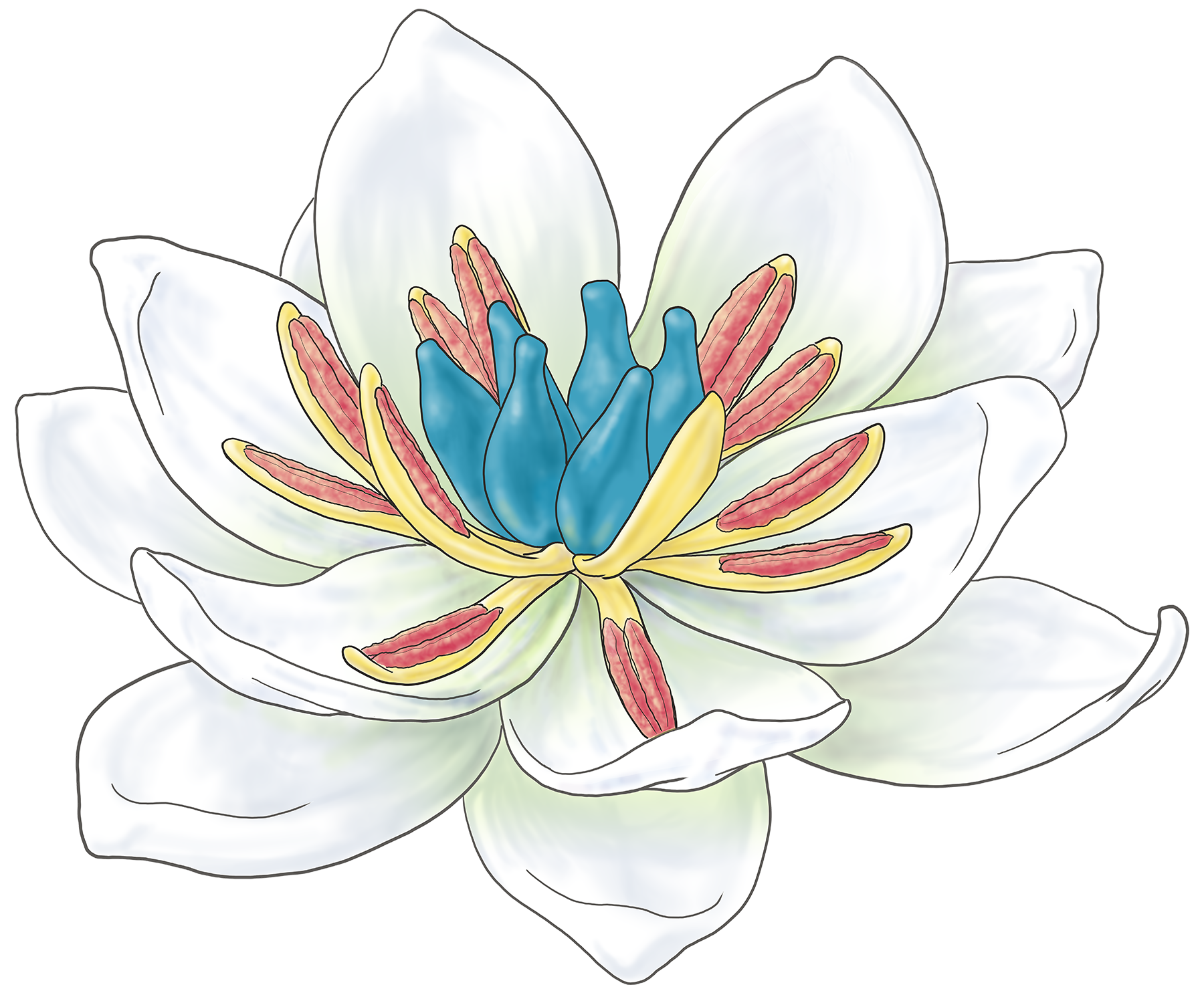News release
From:
In a world-first, scientists have been able to trace the origins of how flowers were pollinated over 140 million years ago.
New research, published today in New Phytologist, reveals that angiosperms (flowering plants) have been pollinated by insects over most of their ca. 140-million-year evolution. It shows the first flower – the ancestor of all flowers living today – was very likely insect pollinated too.
Today, 90% of the world’s plants are flowering plants, and most of these plants are pollinated by insects, with flowers evolving their colour, scent, and even sexual mimicry to attract them. Many flowers have gone another route, however, using vertebrate animals, wind or even water to transport pollen, and until now it was not clear which form of flower pollination came first.
To make this exciting discovery, a team of scientists from Botanic Gardens of Sydney, Macquarie University, the Hawkesbury Institute of the Environment and UNSW Sydney used a state-of-the-art ‘evolutionary tree’ of all flowering plants, unveiling data on what pollinates 1160 species across all major flowering plant families.
Botanical science PhD student from Macquarie University and lead author, Ruby E. Stephens, said the research is a significant milestone in understanding plant history.
“The evolutionary tree shows us what plant families evolved when,” says Ms Stephens.
“By running different models, we can map backwards from what pollinates a plant in the present, to what might have pollinated the ancestor of that plant in the past.”
“This is a significant discovery, revealing a key aspect of the origin of almost all plants on Earth today. Plants are the lifeblood of our planet, and our study highlights the importance of insects to plant reproduction throughout Earth’s history.”
Head of Plant Discovery and Evolution Research at Botanic Gardens of Sydney and senior author of the study, Dr Hervé Sauquet, says their research uncovered insights into the evolution of other forms of pollination.
“Pollination from vertebrate animals like birds, bats, small mammals, even lizards, has evolved and reverted numerous times throughout history,” says Dr Sauquet.
“Wind pollination has also evolved many times, but it is harder to reverse - once plants go pollination by wind, they rarely go back.”
The research also reveals wind pollination is more likely to evolve in open habitats towards the poles, while animal pollination is more likely to occur in closed rainforests near the equator.
“Some 90% of the estimated 330,000 species of angiosperm today depend on animals for pollination,” says Professor Susanne Renner, an Honorary Professor of Biology at Washington University and expert on plant evolution and ecology.
“Stephens and the team’s new findings confirm that insects have pollinated angiosperms for the most of this plant lineage’s history.
“This underscores the need for the conservation of insects – their role as pollinators is essential for the continued existence of plants.”
ENDS



 Australia; NSW
Australia; NSW


